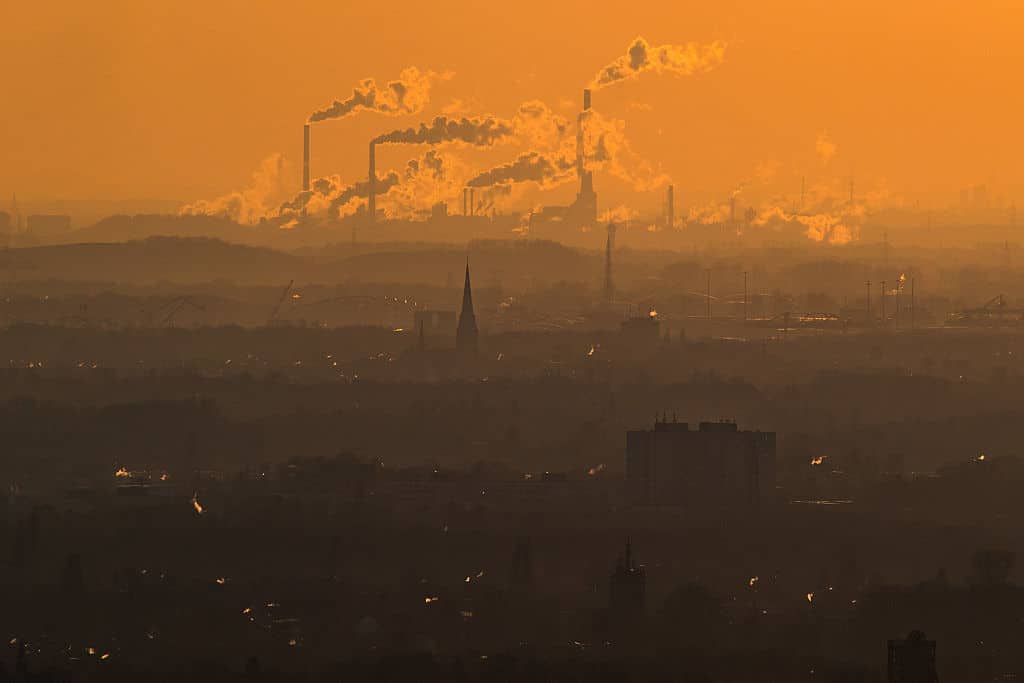Since the 1980s, the term ‘just transition’ has been touted as the answer to our climate challenges. Against the industrial revolution(s) backdrop, this transition referred to the deliberate shift towards more sustainable and green practices. The ‘just transition’ is the responsible move from a high- to a low-carbon economy.
Yet, an often forgotten aspect of this transition is the very descriptor ‘just’. The reality is that much climate change action happens in silos. A distinct gap between the Global North and the Global South seems to persist. As Irina Velicu and Stefania Barca asserted in 2019: “Since both ecological and social crises are produced via inequalities, a just transition can be a transition out of the logic of unequal relations — rather than just out of fossil fuels.” In other words, our responsibility extends beyond borders and encompasses more than just shifting to a low- carbon economy. In this regard, there are some glaring challenges.
Firstly, there are financial constraints. Here, the gap between the Global North and the Global South is painfully apparent. Much of the Global South is already explicitly confronted by the impact of climate change, and there is a clarion call for the Global North to help fund interventions. The reality is that the Global South lacks the funding and resources to take on this fight alone. According to UNCTAD, the Nationally Determined Contributions (NDCs) of just half of the developing world is projected at $5.8 trillion by 2030. Yet, only $83.3 billion was provided and mobilized by developed countries for climate initiatives in developing countries in 2020, $16.7 billion short of the annual goal.
This has been compounded by the constrained fiscal context in much of the developing world, which the Covid-19 pandemic has exacerbated. Moreover, many countries in the Global South are still in the initial stages of industrialization and economic development and implementing strict environmental regulations can hinder this progress if they do not have access to critical green technologies such as solar power.
Secondly, the technological gap creates a disparity in implementing sustainable practices. The concentration of intellectual property (IP) ownership in advanced economies has led to difficulties for developing countries to access green technology innovation. This concentration hampers their progress in Global Value Chains and forces them to rely on costly methods to establish domestic capacities. Additionally, there are barriers to transferring green technology. This unwillingness to share IP might similarly hinder global efforts in climate technologies, causing divisions and tensions despite the urgent need for global cooperation.
Loading...
Countries with clear policies supporting research, innovation, and technology development tend to have more robust technological capacity, yet there is minimal alignment across developing countries. The Global North is the locus of primary innovation – armed with resources, knowledge, technology and ability. To combat this challenge, a diffusion practice is imperative to assist the Global South in mirroring these practices. Diffusion allows for the sharing of IP, so that innovative practices are easily adopted.
Thirdly, capacity disparities exist between the Global South and the Global North and within the Global South. Alongside financial and technological gaps, there are also infrastructure challenges. Countries in the Global South range from highly industrialized economies to those struggling with basic infrastructure – this is often apparent through service delivery challenges. There are also disparities in education and research capacities. Additionally, it is important to consider the severity of the challenges in the Global South and where they are realistically able to place climate change in our contextual coat hangers. Research demonstrates that the Global South is disproportionately impacted by the setback in the sustainable development goals (SDGs).
A grim reality is that this is a difficult balancing act in many of these regions. The just transition, however, does also have a ripple impact on other SDGs, particularly concerning clean energy, decent employment, economic metrics, inequality and sustainable production and consumption.
Velicu and Barca argue that we need to rethink the just transition through the lens of equality through an approach that focuses on equity rather than equality. In other words, if the Global South received equal diffusion of resources, it would not be as beneficial as if they received an equitable or proportionate resource. As Damian White concluded in 2020: “Decarbonizing, decolonizing, democratizing and de-commodifying our carbon-intensive material world is going to require… the unleashing of enormous amounts of creative labour and inventive praxis to build public institutions, a public ecology and a public culture to allow us to survive and flourish on a warming planet.” What is abundantly apparent is that without bridging these gaps and ensuring the inclusion of the Global South, the just transition will remain a dream deferre
Loading...
